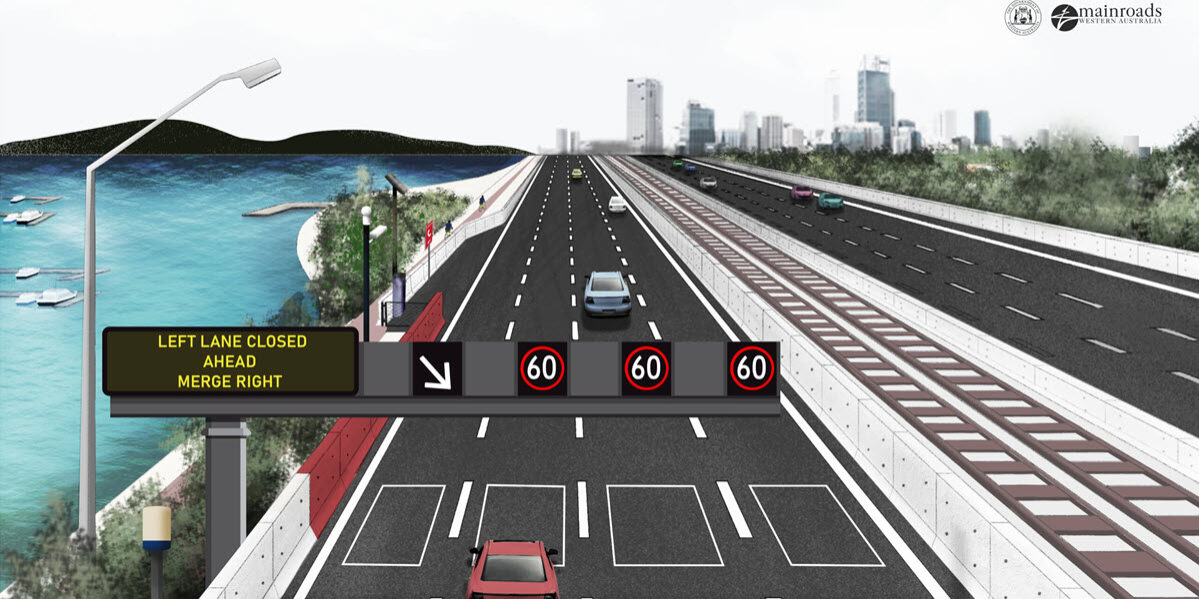
Whether you’re about to start helping your child obtain their driver’s licence or help an adult brush up on their driving skills, teaching someone to drive is a big responsibility. If you’re teaching learners to drive, especially your teenager, you want to ensure you’re setting them up to be safe on the roads their entire life.
Before teaching a learner driver, you should reflect on yourself and find out if this is a task that you’re up for. Also keep in mind that it’s always recommended for new drivers to get professional driving lessons throughout their learning, especially at the start and close to taking their test.
Learning how to drive for the first time tends to be an exciting experience, but it can also be stressful for both parties, especially if the teacher isn’t confident in their lessons. Brushing up on the rules of the road before taking your student out is essential.
However, it’s also helpful to have a guide for how to teach someone to drive and what sort of skills you should be teaching someone to drive.
Rules you need when teaching someone to drive
Whether you’re a parent teaching your teen child to drive for the first time or taking an adult novice driver on a refresher, there are certain supervising driver rules and responsibilities you need to be aware of when teaching someone to drive. These include:
- Must currently hold and have held a valid licence for the class of vehicle you are teaching for at least four years;
- Display L plates at all times when your student or child is driving;
- Review the road safety rules for learner drivers;
- Check that your car insurance policy covers your student.
Your behaviour as an instructor
The way an instructor teaches someone to drive makes a big impact on how well the learner can absorb all the information. The following suggestions will help you better prepare for teaching learners to drive to ensure they have a safe and positive driving experience.
Be calm
As this new experience can be stressful for everyone involved, keeping calm will go a long way. When the driver is stressed or experiencing anxiety, having an anxious instructor can make them even more nervous, and therefore more liable to make mistakes.
On the other hand, an instructor who remains calm even in tense situations is more likely to relax the driver, making them less likely to make mistakes and more open to instruction.
Plan ahead
Planning a route before taking your driver out for the first time is essential — you don’t want to accidentally have your learner turn onto the busiest street in town for their first drive.
Get a feel for your neighbourhood before going out. Having a good understanding of which streets are busy or which are calmer will help you plan out your beginning courses. For the very first drive, you may even want to find an empty parking lot to have them drive around.
As your driver becomes more confident, you can then start to plan more complicated routes including far busier streets.
Provide clear directions when teaching a learner driver
Being clear while giving your driver instructions is extremely important. They’ll be focusing a lot of their attention on the road ahead of them, so they won’t have the ability to decipher unclear instructions.
Being slow and articulate will help with the clarity of your directions as well.
Be supportive
Your learner driver may not always get everything right away, and they might make mistakes. It’s important to be supportive whenever this happens.
A lack of support can lead to self-conscious driving, which can also be dangerous. Being supportive, yet firm, when explaining any mistakes that were made will lead to a more confident driver.
Skills you should be teaching a learner driver
Having the right attitude isn’t all that’s required to successfully teach someone to drive. Knowing what they need to learn is key to ensuring that they not only pass their test but that they also remain competent drivers in the long term.
The basics
The first thing you’ll need to go over, before even going on the road, is all the basics of driving. Going over the parts of the car and how it functions, for one. This doesn’t have to be in great detail, but having a basic understanding of what you’re controlling is always a good idea.
Whilst in your driveway, you’ll also want to cover how to use everything from the driver’s seat and how to control the car. From adjusting mirrors, changing your steering wheel position to using your windscreen washers. Even without going on the road, those lessons will have a greater impact if taught inside of the car.
Finally, you’ll need to make sure the learner understands the rules of the road before they start driving. You don’t want your learner to develop unsafe driving habits.
Some Australian road rules your learners should know:
- How to properly use a roundabout, including when they should be indicating
- When it’s appropriate to make a U-turn
- When it’s necessary to keep in the left lanes unless overtaking
- How to navigate an uncontrolled intersection
- When it’s okay to cross lines
- When overtaking is appropriate, but that it’s always illegal to exceed the speed limit when overtaking
- How to clear the way for an approaching emergency vehicle
- What a safe following distance is, and that it’s illegal to tailgate
- How to share the road with cyclists and pedestrians
- What the different road signs mean and how to obey them
- Merging lanes safely
Parking
Once on the road, one of the first things you’ll need to teach your learner is how to park the car. The easiest to start with would be front parking.
After that, make sure to include reverse parking and parallel parking. Finally, parking on a hill is also an important skill, especially if your learner will be driving a manual car.
Different manoeuvres
There are a few different manoeuvres that are essential for a driver to learn.
Some of these would be best practised in an empty car park, such as multi-point turns and reversing around a corner. While you won’t want to introduce all of these right away, over the many driving sessions with your learner, you’ll want to take them to parts of your city where they’ll be able to practise the following situations:
- U-turns
- Roundabouts, both large and small
- T-junctions
- Staggered junctions
Driving in different conditions
While you’ll want the first few times of driving to be when conditions are pleasant, realistically, your learner is going to be driving in different and less pleasant conditions throughout their life.
After the learner is more confident in their driving abilities, make sure to take them out in a variety of driving conditions. Some of the conditions you’ll want to have them drive in are night driving, rain, heavy traffic and strong winds.
These experiences will help prepare them when driving on their own.
Maintenance
Teaching a learner driver basic car maintenance is a sure way to keep them safe in the long run.
Let them know what all the different lights on the dash indicates, as well as other ways to know if there might be problems with the car.
There’s also the basic maintenance that everyone should know how to complete, such as changing a flat tyre.
Extras
There are also a few extra things that might not seem obvious when teaching learner drivers because they’re second nature to you. For example, a learner might need to be shown how to fill a car with gas.
It can be helpful to take the driver’s seat and let your learner ask any questions they have about your driving because they might catch something that seems completely obvious to you.
Finally, make sure to teach learner drivers about distracted driving and the dangers involved. Including driving with passengers. Not only is driving with a mobile dangerous, but it’s illegal and drivers can be fined for it.
Driving training at Eclipse Driving School
When teaching learners to drive, it’s also recommended to have a professional instructor take the learner on the road.
While we do encourage you to help teach your loved one how to drive, the Eclipse Driving School has many professionals ready to ensure your learner gains the skills and confidence to be a safe driver. Plus, with the Government’s Keys2drive program, every learner driver is entitled to one free lesson with their parents or supervisor!
This is a perfect way for you to get a driving lesson refresher from an accredited driving instructor.
If you want more information about our lessons or our driving school, please contact us today and we’ll be happy to help!
Frequently Asked Questions
Teaching someone to drive is a big responsibility, so it’s important to understand the restrictions for learner drivers:
- completing 50 hours of supervised driving, including five at night.
- The law requires that you always have an L or P plate on your vehicle.
- The blood alcohol content (BAC) limit for learner drivers is zero.










